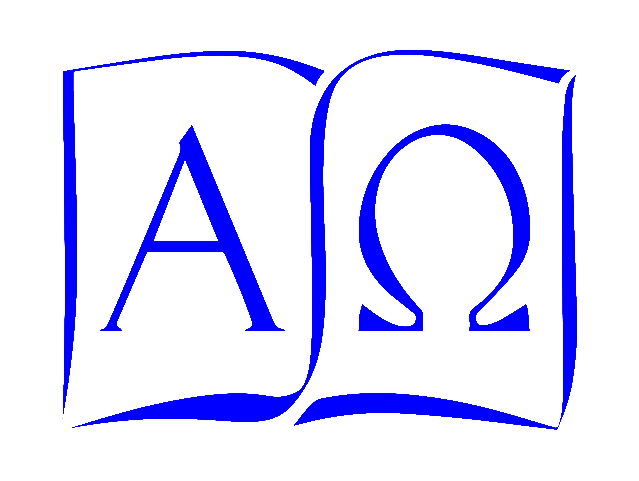When our kids were younger and living at home, they also frequently had dishwashing duty. Even today we haven’t gotten around to buying a mechanical dishwasher, but when five people were living (and eating) at home, it was good not to have to do all that by ourselves.
But as anyone who has ever enlisted the services of children for this job will surely remember, the process needs to be refined by practice. Even more importantly, though, no matter how good the process seems to be, it can’t be considered a success if the outcome is not up to par. At different points, when I pointed out a dirty glass or pan in the drain, all three of our kids responded with, “But I washed it,” as if that had fully discharged their responsibility.
The problem is that though they might have washed it, they had not cleaned it. The purpose of the washing (a process, which can be efficacious or not) is to have a clean article of tableware or cookware (the proper product of the task). Product trumps process: the mere performance of a ritual of cleansing may or may not have the desired result. Inadequate results can at any time call the sufficiency of the process into question.
This is paradigmatic of something I see more and more these days in relation to education. The notion that completing a process — any process — is the same as achieving its goal is beguiling but false. Depending on whether we’re talking about a speck of egg on a frying pan or the inadequate adjustment of the brakes on your car, that category mistake can be irksome or it can be deadly.
In education it’s often more than merely irksome, but usually less than deadly. I’ve already talked about the “I translated it but I don’t understand it” phenomenon here: ; the claim has never made sense to me, since if you actually translated it, that means that you actually expressed the sense as you understood it. No other set of processes one can do with a foreign-language text is really translating it.
Accordingly I’m skeptical of educational theorists (including those who put together some of the standards for the accreditation process we are going through now) buzzing about “best practices”. This pernicious little concept, borrowed with less thought than zeal from the business world, misleadingly suggests — and to most people means — practices that are ipso facto sufficient: pursuing them to the letter guarantees a satisfactory outcome. And yet sometimes the dish is dirty, the translation is gibberish, or the brakes fail.
It’s not really even a good idea in the business world. An article in Forbes by Mike Myatt in 2012 trenchantly backs up its title claim, “Best Practices — Aren’t”; in 2014, Liz Ryan followed up the same concept with “The Truth about Best Practices”. Both articles challenge the blinkered orthodoxies of the “best practices” narrative.
The problem with any process-side validation of an activity is that, in the very act of being articulated, it tends to eclipse the purpose for which the task is being done. Doing it the right way takes precedence over doing the right thing. Surely the measure of an education is the learning itself — not the process that has been followed. The process is just a means to the end. In Charles Williams’ words, which I’ve quoted and referred to here before (here and here), “When the means are autonomous, they are deadly”.
Of course they may not in any given situation cause someone to die — but means divorced from their proper ends inevitably subvert, erode, and deform the goals for which they were originally ordained. This is especially true in education, precisely because there’s no broad consensus on what the product looks like. Accordingly the only really successful educational process is one that’s a dynamic outgrowth of the situation at hand, and it can ultimately be validated only by its results.
Liz Ryan notes, “They’re only Best Practices if they work for you.” There are at least two ways of understanding that phrase, and both of them are right: they’re only Best Practices if they work for you, and they’re only Best Practices if they work for you. Their utility depends on both the person and the outcome. Nor should it be any other way.

One response
People who invent legal systems discovered early on that there is no way to be certain that justice is done in every case, in terms of its outcome. At the end of every civil case, there will be a successful civil litigant who is happy to have won but who is unhappy that greater compensation for damages was not awarded while the other civil litigant is unhappy to have lost the case and irate that any damages at all need be paid. Customer satisfaction in civil justice cases is largely a fond myth. Likewise in criminal cases, the prosecutor will not be happy unless the defendant is found guilty of all of the crimes charged and of those crimes in the degrees charged, while the defendant and defense counsel are never satisfied with anything less than a complete acquittal on all of the charges. Unhappiness with the result is not a basis for appeal in most legal systems. Were it not so, appellate courts would be exactly as busy as trial courts. So, instead of crafting a system which is certain to produce a just result, most legal systems settle for a process which is fair. This is externally verifiable without reference to winners and losers. Procedural fairness does not guarantee a just outcome, only a fair one. In such a system, “doing it the right way takes precedence over doing the right thing.” Some wise person once said that, “in ipsissima verba” (with apologies for using legal Latin in a room full of Latin scholars).